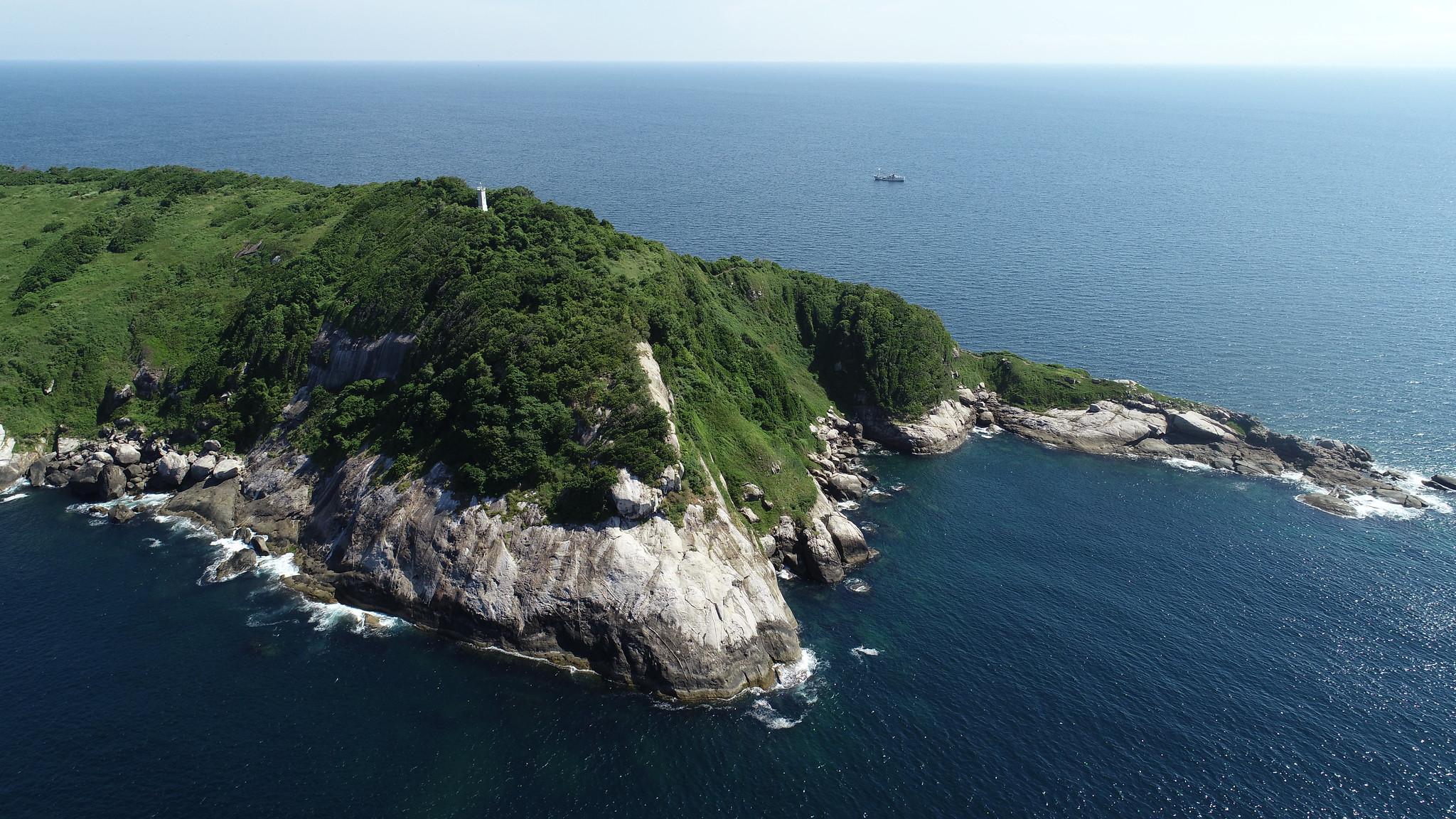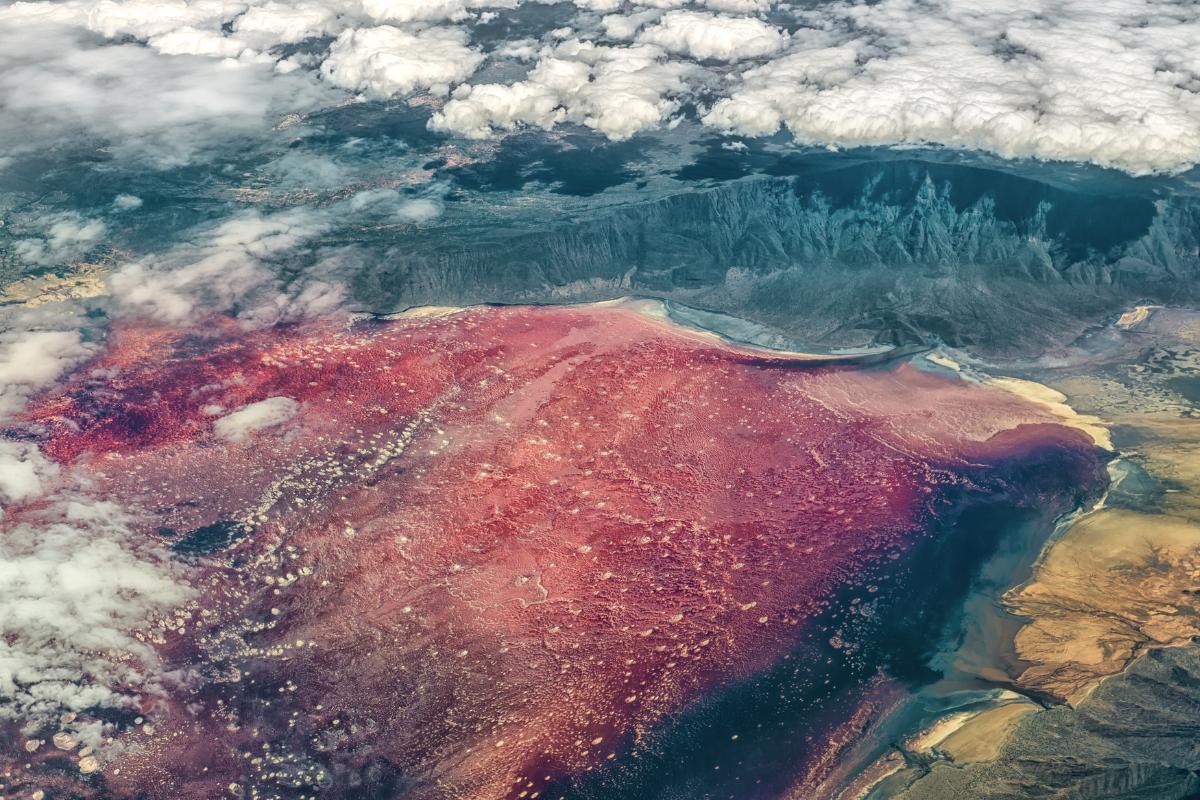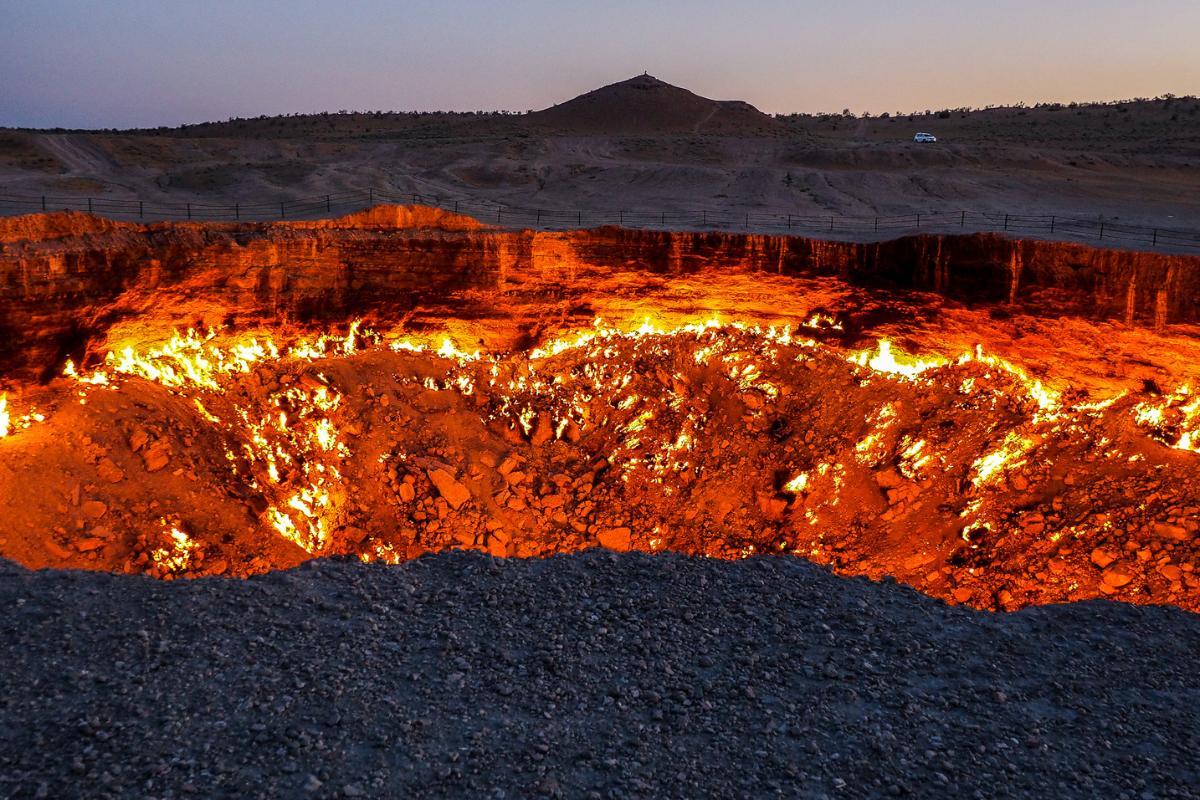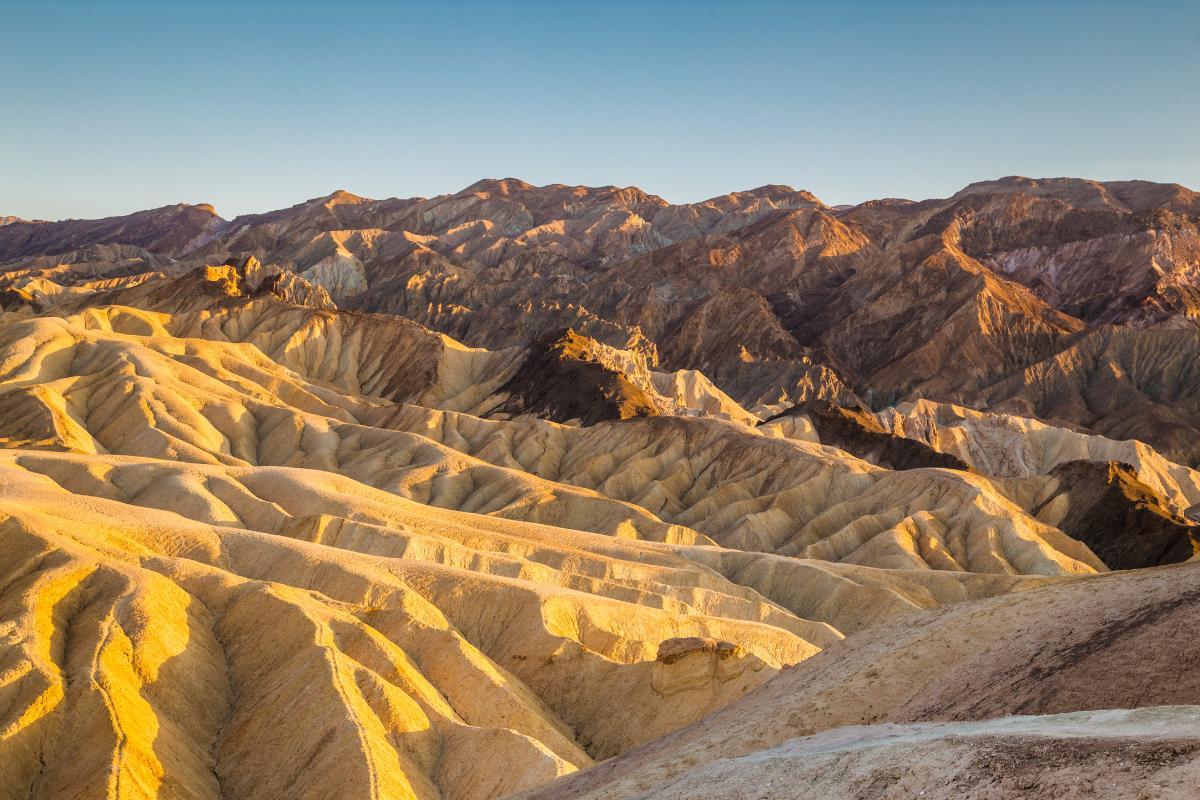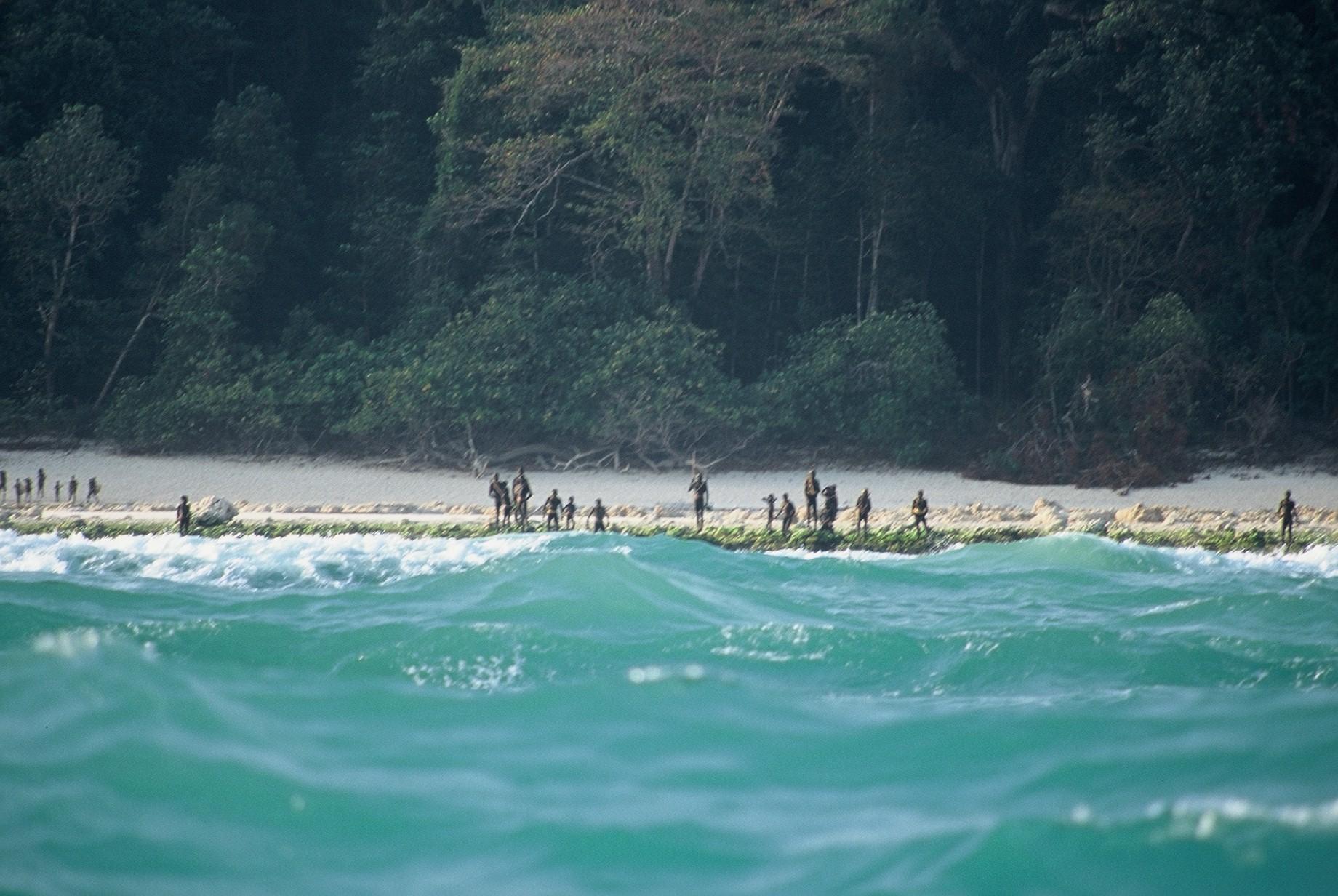The World's Most Dangerous Places


Our planet is a place of breathtaking beauty, but it also harbors some truly extreme environments. From scorching deserts to isolated islands, these locations challenge the limits of human endurance. This article dives into the heart of Earth's most dangerous places, revealing the beauty and raw power that defines these extreme and unique environments.
In this article by thedailyECO, we'll delve into the most dangerous places on Earth and explore the unique dangers of each location.
- Snake Island (Brazil)
- Oymyakon (Russia)
- Skeleton Coast (Namibia)
- Lake Natron (Tanzania)
- Northern Yungas Road (Bolivia)
- Madidi National Park (Bolivia)
- Gates of Hell (Turkmenistan)
- The Danakil Desert (Ethiopia)
- Death Valley (United States)
- North Sentinel Island (India)
Snake Island (Brazil)
Snake Island, officially known as Ilha da Queimada Grande, is considered the most dangerous place on Earth. Located approximately 40 kilometers off the coast of Brazil, this island is home to the Golden Lancehead Viper (Bothrops insularis), one of the deadliest snakes in the world. The island is a mere 175 hectares (433 acres) and is covered in tropical rainforest.
Estimates suggest there are anywhere from 2,000 to 5,000 golden lanceheads on the island, with a density of up to five snakes per square meter (5.4 per square yard) in some areas.
The Brazilian government has deemed the island so perilous that it is illegal to visit without special permission. Even scientists require special permits to conduct research on the island due to the extreme danger posed by the Golden Lancehead Viper.

Oymyakon (Russia)
Located in the Oymyakonsky district of Russia, the small town of Oymyakon is famous for its extreme weather conditions. Known for having one of the harshest climates in the world, the area experiences temperatures so severe that sustaining life is incredibly challenging.
With temperatures plummeting to -40ºC (-40ºF) and often dip even lower, reaching a record-breaking -71.2°C (-96.2°F). This extreme cold makes sustaining life incredibly challenging. Believe it or not, the town experiences a surprising contrast in seasons. Summers, while short, can be surprisingly warm with average highs reaching into the mid-60s to low 70s Celsius (15-21°C).
Venturing to Oymyakon requires serious preparation for the harsh winter conditions, even for those accustomed to cold weather. Few outsiders can withstand such extreme cold without proper clothing and gear specifically designed for subarctic temperatures.

Skeleton Coast (Namibia)
The Skeleton Coast is infamous for its unforgiving weather conditions. This hyper-arid coastal desert receives less than 50mm of rain annually, its aridity further amplified by the cold Benguela Current. The current's icy grip creates a dense, persistent fog that has disoriented countless seafarers.
Strong winds whip in from the South Atlantic, sculpting the dunes and making navigation treacherous. The cold current disrupts the food chain, with fewer fish available for marine predators like whales and seals. The deeper ocean waters, however, teem with life. Whales, dolphins, and a variety of fish species can be found offshore.
The harsh climate, stifling winds, and lack of food and water make exploration exceptionally arduous for even the most experienced adventurers. Additionally, the area is littered with the remains of countless creatures, including whales, elephants, turtles, and seals, giving the terrain a haunting and unappealing appearance.
You might also be interested in this other article, where we explore Earth's most remarkably cold regions.

Lake Natron (Tanzania)
Lake Natron, located in the northern region of Tanzania, is renowned as one of the most hostile places on the planet. The lake's waters, rich in natron (a type of sodium carbonate), have a burning appearance. High levels of natron make the water corrosive to human skin and eyes, with pH levels occasionally exceeding 12.
The distinct pink hues of Lake Natron are due to the presence of red bacteria in its waters. The lake's scorching temperatures, reaching up to 120°F (49°C), make it inhospitable to most species. However, cyanobacteria thrive in these extreme conditions, producing the lake's iconic shades of red and orange.
Despite its harsh environment, Lake Natron serves as a vital breeding ground for an estimated 2.5 million lesser flamingos (Phoeniconaias minor). In fact, it's one of the only known places on Earth where these birds consistently reproduce.

Northern Yungas Road (Bolivia)
The Northern Yungas Road, also known infamously as the "Highway of Death," is a winding path carved through the mountainous terrain of Bolivia. Located in northwestern Bolivia, it connects the Amazon rainforest to the country's capital city, La Paz.
This 64-kilometer (40-mile) stretch of road is notorious for its extreme danger. Several factors contribute to its treacherous reputation, such as the dense fog that can blanket the road, the mountainous terrain prone to landslides and the fact that the road winds its way through waterfalls and areas of constant moisture, making the road surface slippery and unpredictable.
With sheer cliffs dropping as much as 610 meters (2,000 feet) on sharp bends, the margin for error is unforgiving. The road itself is a narrow ribbon of asphalt, barely 3.2 meters (10.5 feet) wide, making it impossible for two large vehicles to pass safely. To manage traffic flow, designated pull-offs are built at intervals along the route. Vehicles already on the road have the right of way, and oncoming traffic must wait at these designated points until it's safe to proceed.
While the original Northern Yungas Road was notorious for its dangers, a new, safer highway has been constructed in recent years. However, the original road remains a popular tourist destination, particularly for mountain bikers seeking a thrilling downhill adventure.

Madidi National Park (Bolivia)
Bordering the Amazon River in northwestern Bolivia, Madidi National Park encompasses over 19,000 square kilometers (7,336 square miles) of protected land. Established in 1995, it's one of the largest national parks in Bolivia and a UNESCO World Heritage Site.
Madidi National Park is recognized for its exceptional biodiversity. The park encompasses various ecological zones, including rainforests, cloud forests, and Andean grasslands. This diversity provides habitat for an estimated 10% of the world's known bird species, over 1,000 butterfly species, and an impressive 250 mammal species. Jaguars, pumas, tapirs, monkeys, and a vast array of other creatures find refuge within Madidi's borders.
The dense rainforest environment presents inherent challenges, including risks of flash floods and getting lost. Additionally, the park is home to venomous snakes and various predators. Due to these factors, venturing into the park alone is strongly discouraged.

Gates of Hell (Turkmenistan)
The Gates of Hell, also known as the Darvaza gas crater, is a unique natural gas field located in Turkmenistan within an underground cave system.
Geologists intentionally set fire to the escaping gas in 1971 to prevent the spread of potentially dangerous methane emissions, and the flames have been burning continuously ever since. This extraordinary phenomenon is found in the Karakum Desert, approximately 260 kilometers (162 miles) north of Turkmenistan's capital, near the town of Derweze.
The gas reserve in this area ranks among the largest in the world. Locals have aptly nicknamed the region the "Gate to Hell" due to the massive crater, measuring 70 meters (230 feet) in diameter, from which a fiery orange glow and bubbling mud continuously erupt. Hot spots extend over an area of nearly 60 meters (200 feet) and reach a depth of 20 meters (66 feet).

The Danakil Desert (Ethiopia)
The Danakil Depression, situated in the Afar Triangle of Ethiopia, is a geological depression resulting from the separation of tectonic plates.
The Danakil Depression presents a challenging environment for life. The region experiences some of the world's highest average daily temperatures, with lows rarely dropping below 30°C (86°F). Not only that, but annual rainfall in the Danakil Depression averages less than 200 millimeters (7.9 inches), making it a hyper-arid region.
The ongoing separation of tectonic plates creates a geologically active zone with numerous volcanoes, some of which are active. Also, volcanic activity and the hot environment contribute to the presence of toxic sulfuric gas in the air.
Despite the harsh conditions, the Danakil Depression boasts a unique and fascinating landscape. The aridity and high temperatures lead to the formation of extensive salt flats, creating a surreal and visually striking landscape. Mineral-rich springs and volcanic activity contribute to multi-colored deposits throughout the depression.

Death Valley (United States)
Death Valley, a desolate basin on the California-Nevada border, lives up to its name. It holds the record for the hottest air temperature ever recorded on Earth, at 56.7°C (134.1°F) in July 1913. The scorching summer highs in Death Valley are rivaled by only a handful of other regions globally, primarily in the Middle East and Africa. In July 2018, Death Valley recorded its hottest month on record, with an average temperature of 108.1°F (42.3°C), including overnight lows.
Despite the overall aridity, sudden and intense downpours can occur, particularly during monsoons. These flash floods can transform normally dry washes into raging torrents, presenting a significant danger to anyone caught outdoors.
With scarce water and little vegetation, Death Valley offers minimal resources for survival. Being stranded or unprepared can lead to dehydration, heatstroke, or even death.

North Sentinel Island (India)
North Sentinel Island, part of the Andaman Islands in the Bay of Bengal, is off-limits to visitors. The island is home to the Sentinelese tribe, an indigenous community who have chosen to remain isolated from the outside world.
There have been documented instances of the Sentinelese people resisting contact with outsiders, sometimes with violence. This behavior is attributed to their desire for isolation and the potential for introduced diseases to which they may have no immunity.
To safeguard both the Sentinelese people and potential visitors, the Indian government has designated North Sentinel Island as a protected zone. Strict regulations are in place to restrict access to the island and minimize any disruption to the Sentinelese way of life. By limiting outside contact, the Indian government aims to protect the Sentinelese from external threats and diseases. Additionally, it helps to preserve their unique culture and way of life.
Escape the dangers and find serenity on some of the world's most breathtaking coastlines listed in our other article.

If you want to read similar articles to The World's Most Dangerous Places, we recommend you visit our Facts about Earth and the universe category.






